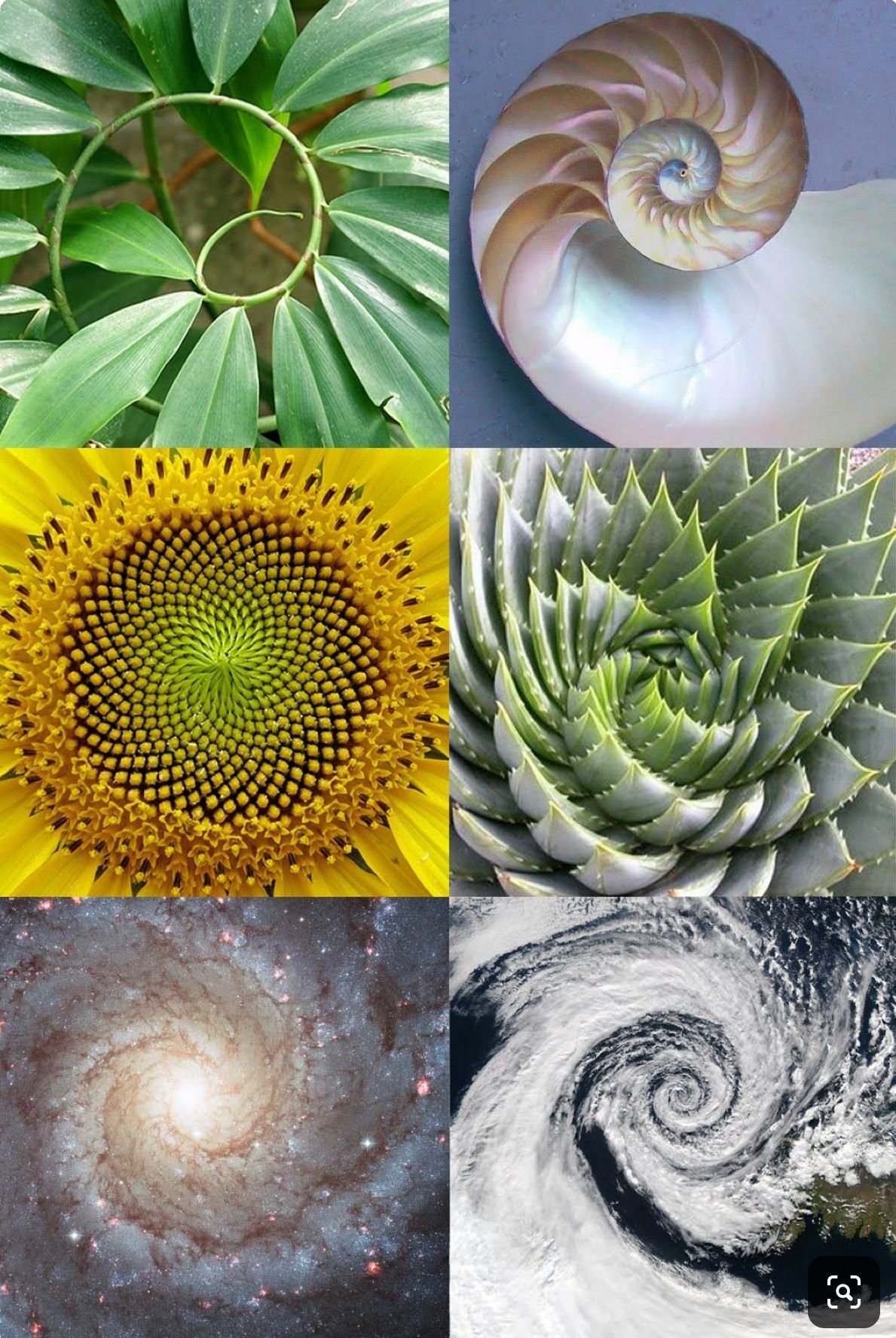Reindigenizing Ourselves
Note: This is a reworked newsletter.
Seeing Sebastião Salgado's Amazônia exhibition is as life-changing the second time as the first.
Brazilian photographer Salgado ventured into the Amazon rainforest over nine years, taking haunting aerial photographs of the rainforest and poignant portrait photography of Indigenous people.
The results are extraordinary.
It's hard to fathom just how massive the Amazon rainforest is. One community alone - the Yanomami - lives on territory the size of England. There are over 400 tribes in the Amazon, and over a quarter are uncontacted.
Indigenous people's all over the world have had to fight for their existence, and in many places (Canada, the US, and Australia), they didn't succeed. In the Amazon, the sheer size of the rainforest, plus its many dangers, provided a slight protective mechanism for Indigenous communities.
One group in particular, the Yawanawá, numbered only 120 in 1970 after rubber plantation owners treated them as slaves and forbade them to speak their language.
As a testament to the resilience of the Yawanawá people, today the population has grown to 1,200 people. A man, Biraci Brasil, assumed leadership in the 1990s to revive ancestral knowledge and traditions.
When Indigenous people thrive, the nature around them does too. Deforestation is lower and biodiversity is higher on Indigenous lands.
Strengthening the land rights of Indigenous people's is one of the most effective ways to protect our planet's ecosystems. Indigenous people have great respect and gratitude for nature, and this is often baked into their cultures. It’s a way of knowing and relating to nature that isn’t clinical or exploitative like industrial societies.
While it's important not to romanticize Indigenous people, their survival provides proof that an alternative is possible.
Indigenous people's have demonstrated that it is possible for humans to use our advanced intelligence to act as stewards of nature.
Industrialization and capitalism have disconnected Western humans so severely from nature that we take this for granted. We think of humans as inherently bad for the Earth, but it doesn't have to be this way.
We are capable of spirituality beyond any animal on Earth. We can see the sacred and find deep meaning in the ancient natural forces all around us. We can understand the intricate interconnection that binds every living being.
In the West, environmental activism can sometimes be seen as extracurricular, or a hobby.
Trying to preserve the air we breathe. A hobby.
Environmental movements in the West have done a good job of creating awareness. They are the reason I write these words today. But for our society to make the necessary changes, reindigenizing ourselves is crucial.
At the core of this reindigenization is the recognition of the sacred interconnectedness that binds us all. A tree viewed from this lens might be impossible to cut down.
Imagine if powerful systems in the Global North embodied this sacred mindset.
Even though we’re not there yet, if we try to embody this mindset individually, change can happen. Here are some random ideas I hope will inspire you on your journey to reindigenizing yourself.
Donate to and support Indigenous land rights organizations.
Be mindful when you're eating, savoring the taste and thanking the many living beings (pollinators, etc) that contributed to growing your food.
Explore meditation, which can open your eyes to the sacred within you. If you recognize the sacred within yourself, you will see it in the world.
Learn more about nature - watch nature documentaries, read books, and include Indigenous authors. My respect for trees went 📈 after I learned about their reciprocal ways of living.
If you have a garden, start planting native plants to support local ecology.
There will always be more to do and I am certainly not an expert. But I hope this provoked some thought for you, and as always, I'm curious to hear your thoughts. Thank you for reading!
💎 gems of the week 💎
36 ideas on care
You can only truly care for others if you care for yourself. Here are some ways to care you may not have considered before.
What we can learn from hunter-gatherers about rest
Most animals rest more than they work, so there's clearly an evolutionary advantage for resting for long periods. Industrialized humans are probably doing things all wrong:
“Rest allows the very things that make us special as a species: the capacity to listen and think and daydream. Living among the Batek, I was always impressed by the ability of people to simply sit there and seemingly do nothing. What a contrast to our society, where people would rather be shocked by electricity than sit alone with their thoughts.”
This is a long read, but well worth it to understand where we were, where we are, and where we might be going as a species.
The components of a healthy relationship
I find this framework useful not just for evaluating my romantic and family relationships, but my relationship with myself and the wider society we live in (even nature). Credit: Nedra Tawwab




